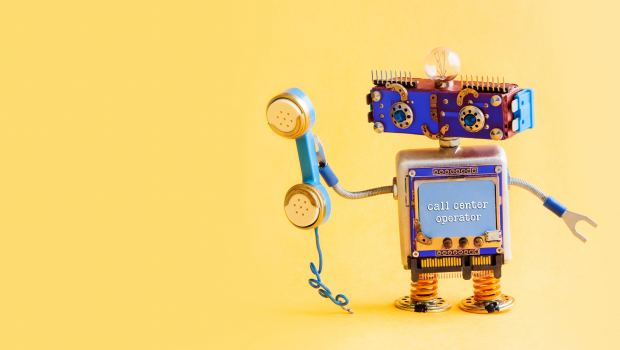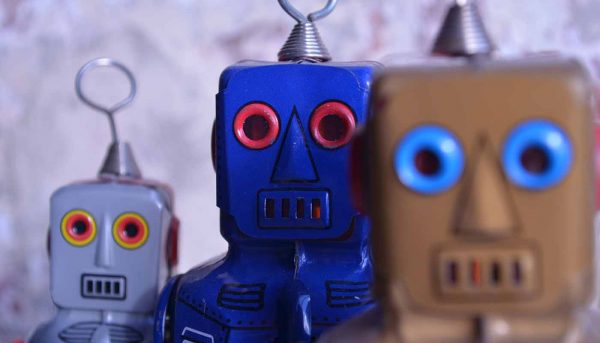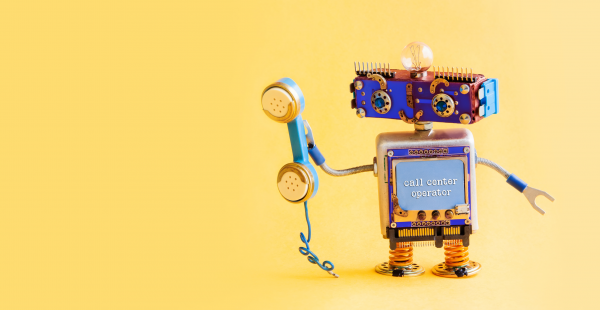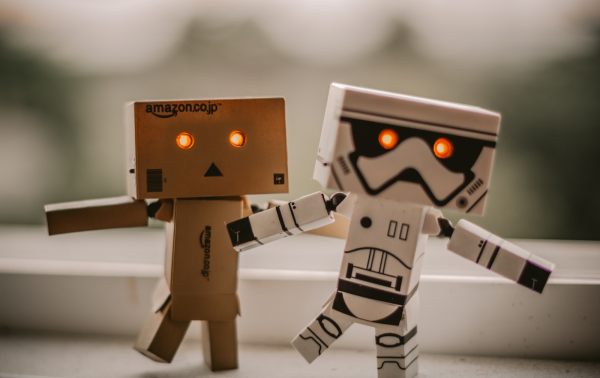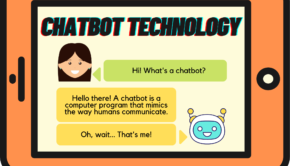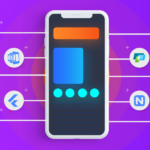Chatbot Flexibility: How Different Are Chatbots from One Another and Why?
Some more advanced than others, chatbots have become synonymous to AI, machine learning, natural language processing, and contextual awareness. As such, digital assistants are facilitating our everyday lives, helping businesses thrive across sectors and industries, and making breakthroughs in medicine, education, and technology.
But not all of them are created equal.
According to some field experts, there are three main types of chatbots:
- Support chatbots, designed to master a single domain,
- Skills chatbots, or single-turn type digital assistants, and
- Assistant chatbots, build to complete various tasks.
Mutual to most of them is a chatbot’s ability to grow and learn. Thanks to this unique capacity, anyone can design a chatbot from scratch or customize one based on their specific needs and requirements. This amazing diversity of options, combined with machine learning, makes chatbots the most flexible of all new-generation tech solutions.
Here’s how different chatbots are from one another, and why.
But first,
What Defines a Chatbot, Exactly?
The chatbots we grew to know and love have the ability to learn – at their core is a human-like AI that scales with every new interaction. This capacity is inherent, but it’s not always activated. As a result, we have chatbots with intelligence that keeps developing and those that remain locked at a certain stage of “cognition”. The latter type is called a scripted bot.
Because of that, we need to look beyond machine learning.
As a defining quality that’s mutual to all bots, we must take something different.
Why don’t we begin with their name, then?
Chatbots differ from other digital assistants in being designed to chat. Regardless of any chatbot’s unique nature or a specific task it’s been built to perform, its modus operandi remains the same. In order to help a human being, a chatbot provides information, guidance, or support by carrying out a conversation in written or (less often) spoken form.
That’s why chatbots are also known as talkbots, chatterbots, or interactive agents.
A technical term for this type of assistant is Artificial Conversational Entity.
How Many Different Types Are There?
Nobody can really say how many chatbots there are.
More than 30,000 of them are catering to Facebook users alone. Around 80% of businesses plan to implement some kind of a chatbot solution by 2020, making various applications of the Artificial Conversational Entity an area of continuing growth.
When it comes to different types of chatbots, what we know is equally scarce and ambiguous. The problem with this question is that no official criteria for classification have been determined yet, which makes any attempt at chatbot typology arbitrary.
What Makes Chatbots Different from One Another?
But still, no two chatbots are the same.
The only thing that ties them together is a conversational interface. Other than that, chatbots are being created in different ways, with different possibilities, and to serve different purposes. Every bot is a singular conversational entity with a highly unique personality.
Based on what they do, chatbots are usually classified as:
- Transactional, which help move data from one platform to another.
- Informational, which provide information to chatbot users.
- Entertainment chatbots, which include art bots and game bots.
Using the same criterion, other authors differentiate:
- Generalist chatbots, designed to complete simple, generic tasks.
- Specialist chatbots, built to provide domain-specific knowledge.
With no special typology paradigm in mind, we’ve compiled a list of chatbots that are either very unique or frequently used. Our selection doesn’t solve the classification problem in any way; it merely paints a picture of how flexible and versatile chatbots are.
For easier classification, we’ve grouped them in pairs:
1. Information vs Task Chatbots
Most commonly used in customer support and performance management, information chatbots serve to provide information, be it requested or not. As such, they must rely on natural language processing to carry out fluid, human-like conversations.
On the other side of the spectrum are task chatbots, which are designed to perform a specific action. They can exchange pleasantries as well, but their conversational capabilities are mostly scripted. We use them to order Uber and get pizza without phoning in.
2. Triggered vs Search Chatbots
Most chatbots are triggered by specific keywords. These assistants range from fairly simple (“Give me my standard pizza order.”) to very complex (“Do you want a thick or thin crust?”), based on how much contextual awareness they’ve been built with.
Chatbots with exceptional contextual awareness are able to go beyond trigger words and conduct research in order to complete a query. However, this type of chatbots usually supports limited conversation and doesn’t learn from its past interactions.
3. Text-Based vs Voice-Enabled
The most popular type of chatbot is text-based, as opposed to being voice-enabled. This is a messenger chatbot you use on social media or messaging apps such as Viber and WhatsApp – it can be informational or task-programmed, triggered or not.
Voice-enabled chatbots come with different possibilities too. The only difference between these two types is in the way a specific message is conveyed. Voice-enabled chatbots like Siri and Alexa are usually smarter, more creative, and extremely flexible.
Conclusion
New breeds of digital assistants are being designed in ways that push the boundaries of applicable technology. Chatbots are at the forefront of this. They now tackle everything from cricket to women’s empowerment – any day now, there’ll be a bot substitute for every type of professional in the world, each one more unique than the other.

